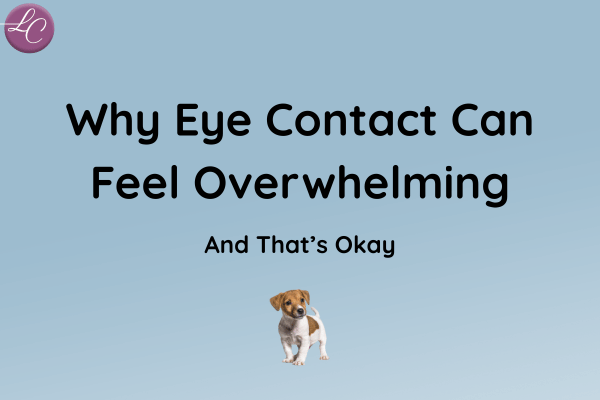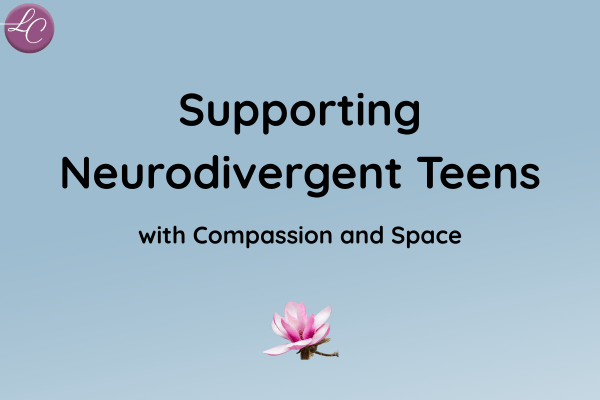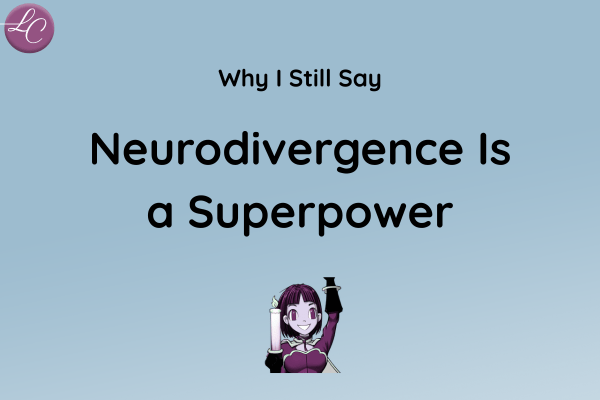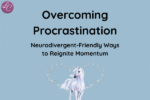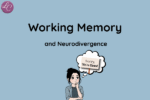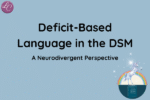
Sensory-Friendly Spaces: Supporting Neurodivergent Wellbeing
Sensory-Friendly Spaces: Supporting Neurodivergent Wellbeing
Have you ever walked into a room and felt every light flicker, every chair squeak, and every smell amplified?
For many of us who are neurodivergent, the environment can overwhelm before we even start.
Sensory-friendly spaces make all the difference for neurodivergent wellbeing — and here’s why.
What a Sensory-Friendly Space Feels Like
A sensory-friendly space feels calm, predictable, and safe. Lighting is soft and adjustable, sounds are filtered or dampened, and the layout allows freedom to move without chaos.
Inside your neurodivergent brain, this feels like breathing after holding your breath for far too long. Your muscles relax, your heart rate slows, and your mind has space to focus.
Why “Sensory-Friendly” Matters
Everyday environments can be overwhelming — from noisy cafeterias to busy streets and crowded classrooms. Repeated sensory overload can lead to exhaustion, shutdown, or meltdown.
By contrast, sensory-friendly spaces support emotional regulation, reduce stress, and allow neurodivergent people to feel safe and grounded.
Creating and Identifying These Special Spaces
You don’t need a full room renovation to create a space that works for you. Small changes go a long way:
- At home: Quiet corners, soft lighting, weighted blankets, noise-cancelling headphones.
- At school or work: Predictable routines, low-traffic areas, scheduled sensory breaks.
- Public spaces: Seek out calm cafes, libraries, or parks; advocate for inclusive design in community areas.
Even tiny adjustments — like switching to softer lighting — can make a huge difference to your comfort.
Benefits Beyond Comfort
When sensory needs are met, neurodivergent people can thrive socially, emotionally, and cognitively.
Creativity flows, concentration improves, and connection with others feels more natural.
This isn’t just about comfort — it’s about creating environments where people can live fully and authentically.
Check Out My Video
I explore the concept of Sensory-Friendly Spaces here in my latest video.
Final Thoughts: Sensory-Friendly Spaces are Essential
Sensory-friendly spaces are not luxuries — they are essential for supporting neurodivergent wellbeing.
Honour your nervous system, notice what environments feel best for you, and give yourself permission to seek or create spaces that work.
Want more strategies for thriving as a neurodivergent person?
- Join my community Different… and Loving It!
- Book a Meet & Greet
- Or reach out via my Contact Page
